Finnish luthiers Tomi Korkalainen and Sampo Leppävuori met in 1997 at the Ikaalinen College of Crafts and Design where they were both students in the guitar-making department. And though they came from different parts of the country—along with completely different personalities and tastes in music—they quickly found they had a lot in common and became close friends. One of those commonalities was a huge respect and love for nature and the “North.” Another was a shared belief that music is more than just sound—there’s something deeply emotional and personal about it. “These are things that we have always applied to our guitar building,” says Korkalainen.
After finishing their initial studies in 2001, the two founded Amfisound Guitars in 2002 and decided to base their shop in Oulu, in Northern Finland, “because our Northern roots and attitude are very important for us. A lot of things about Finland are pretty extreme: the climate, the nature, the history, the people, the music, etc. But there is also a deep sense of tradition and that deep love for nature. Our guitars often impart these feelings,” shares Korkalainen. “In fact, the name for each of our models refers to something Finnish or Northern that is deeply meaningful to us.”
Korkalainen and Leppävuori choose not to use CNC technology their for bodies or necks. “We build our guitars in a traditional way by using old-school machines that are operated by hand, because it gives us endless possibilities for shaping the wood. Almost all of our machines are from the ’70s—older than we are,” says Korkalainen. “People often ask if our guitars are available in a left-handed version, and questions like this seem funny to us because it just shows that mass-production companies are much more limited when it comes to doing things even a little bit differently. Since we do everything by hand, there are no limits to our building.”
—Tomi Korkalainen
The luthiers essentially have two lines—“extreme” and “classic.” Korkalainen says that the company’s reputation as a primarily heavy metal guitar outfit is somewhat misleading since the pair has always made classic-style guitars as well. “I have always had a big heart for the beauty of the classic guitars, and the reason for my conservative soul is probably because I have always respected the traditional violin and cello makers.”
For the most part, however, Koralainen is focused on designing the company’s extreme and metal guitars and taking care of special paint work, while Leppävuori’s main focus is on their bass guitars and classic line. “It rarely happens that one man builds one guitar alone though,” says Korkalainen. “Most of our guitars have various custom features, so the contribution or the specialized skills of the other builder is often needed. That way, we manage to optimize our potential and our time, and share our individual skills and abilities.”
The pair says their biggest inspiration comes from their musician customers and the “crazy and cool ideas” they come up with. “From them, we also learn what they want for their music, what sort of improvements are needed to keep up with the music styles or developments in music technology, and what works on instruments and what doesn’t. For all these things, we find it really important to keep in close contact with our customers and to provide a warm and welcoming family atmosphere,” says Korkalainen. “It gives more personal meaning to the work we do and a more rewarding feeling. Listening to our customers and understanding what they want is really, really important. In my personal opinion, this is the only way to build a truly custom guitar.
Pricing and Availability
The two-man shop builds about 40 custom guitars a year. Emailing, calling, or visiting the shop is the best way to get the process started since Amfisound deals direct for the most part. Approximate build time once an order is placed can be as little as three months for a bolt-on basic model, and up to 12 months or more for more involved, unique custom instruments. Depending on the build, pricing ranges from approximately $2,800 to $9,800 (including EU VAT). And for customers outside the European Union, pricing ranges from approximately $2,265 to $7,900.
amfisound.fi

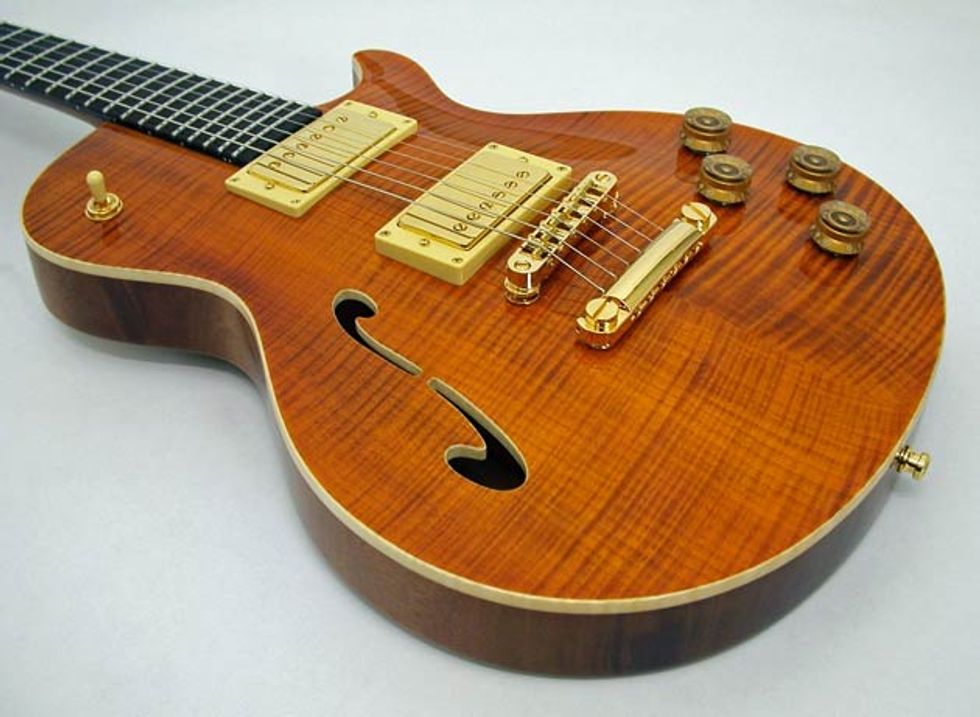
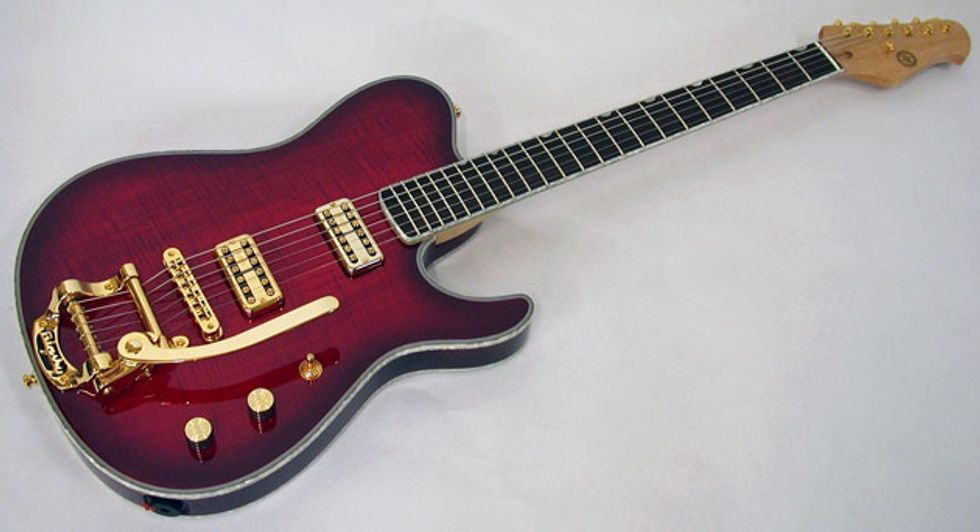

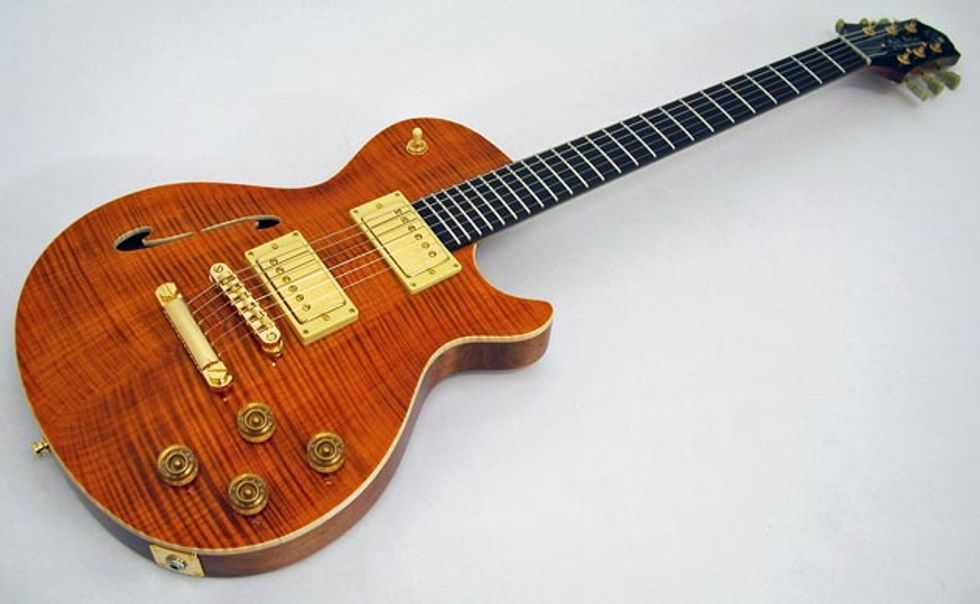
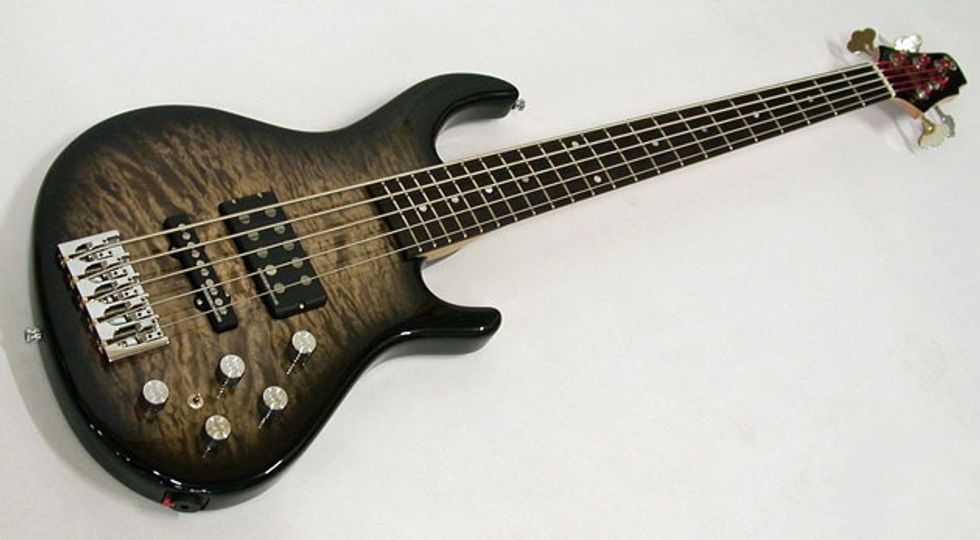
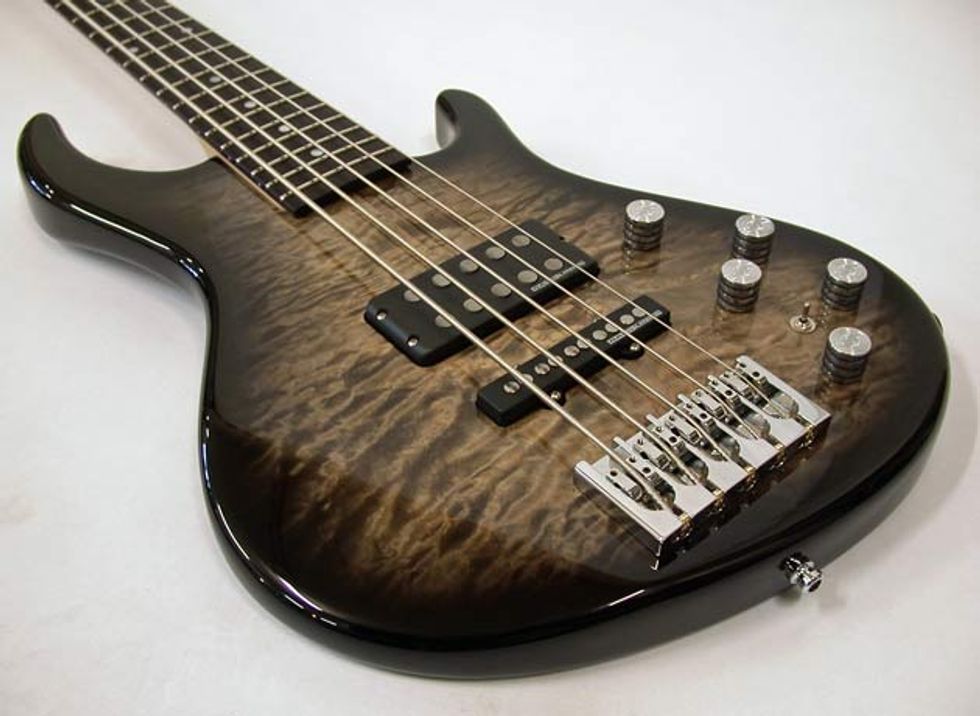
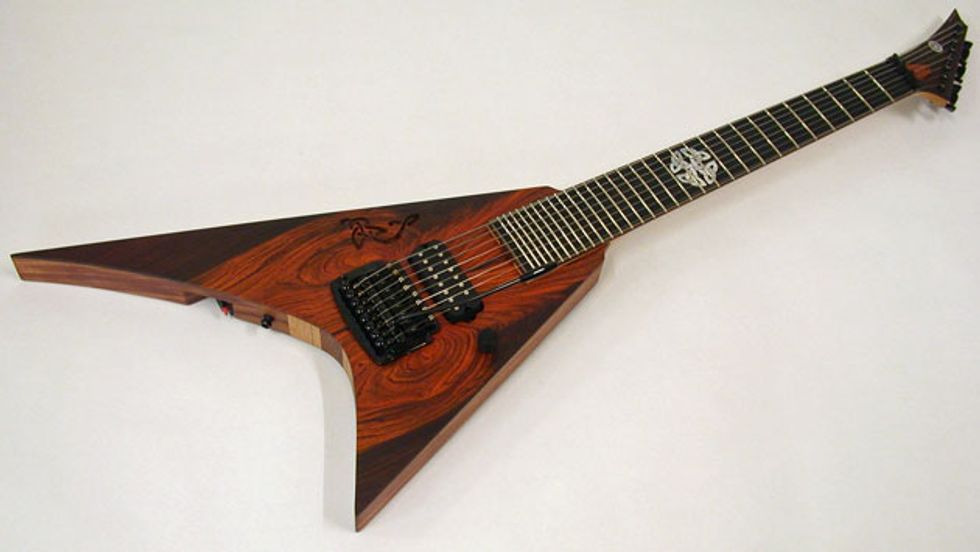
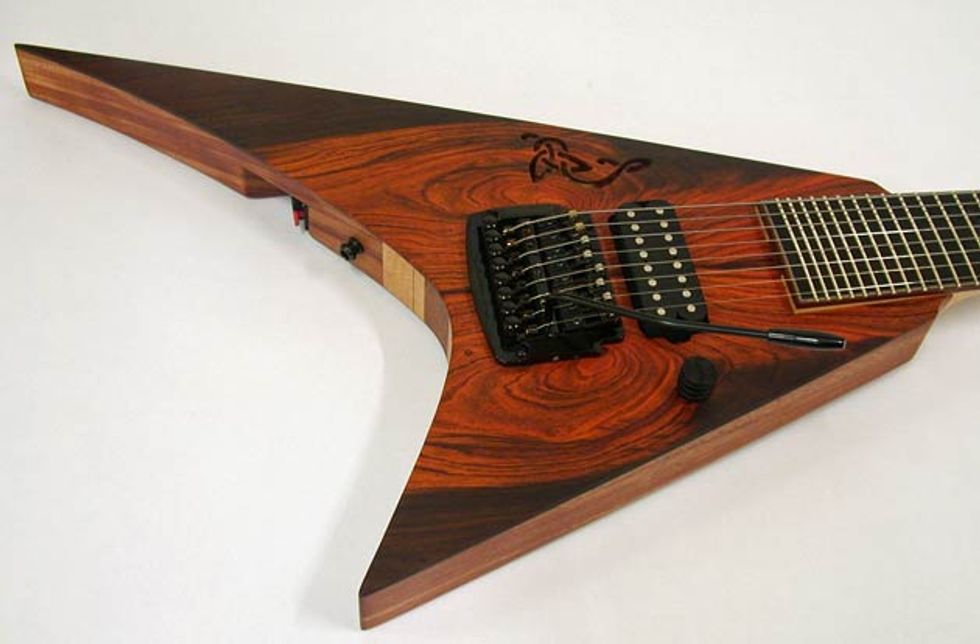
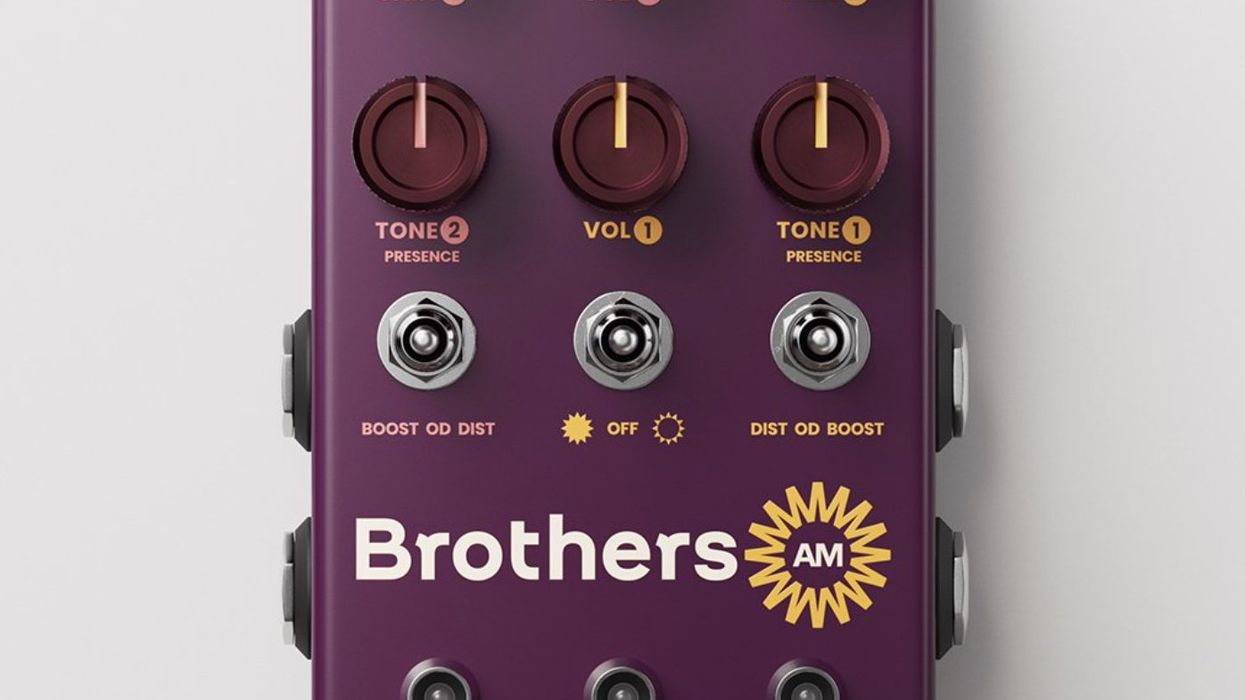
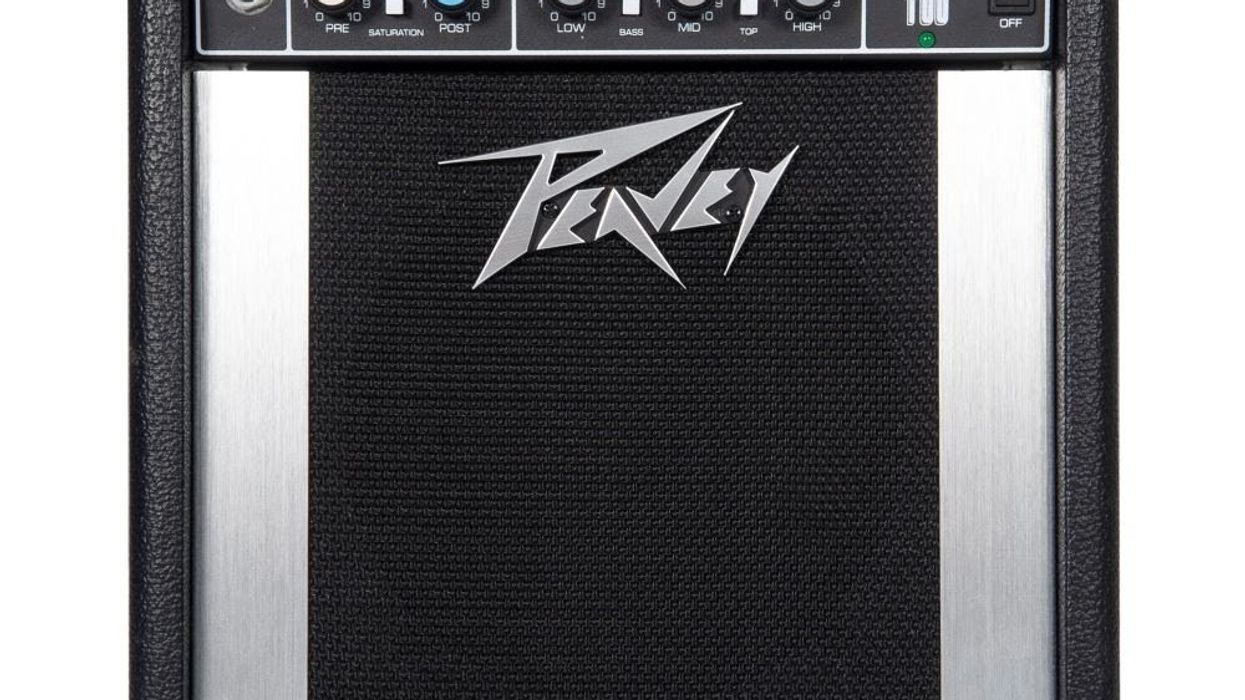
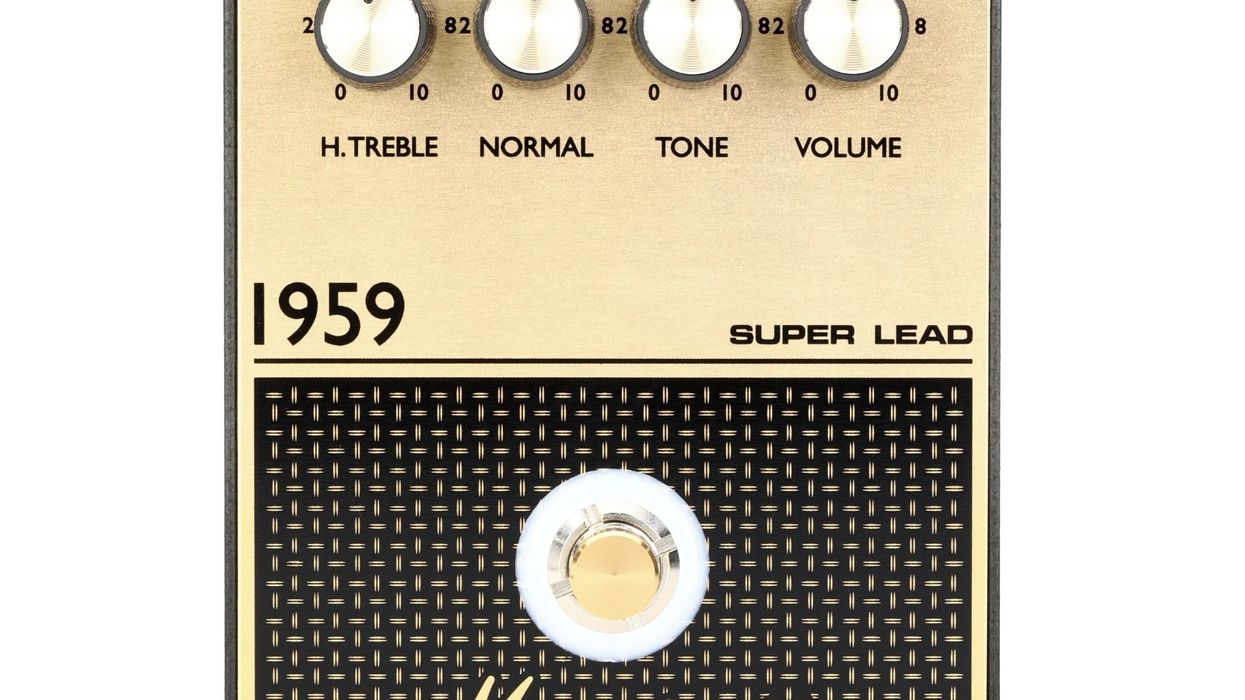


![Devon Eisenbarger [Katy Perry] Rig Rundown](https://www.premierguitar.com/media-library/youtube.jpg?id=61774583&width=1245&height=700&quality=70&coordinates=0%2C0%2C0%2C0)








